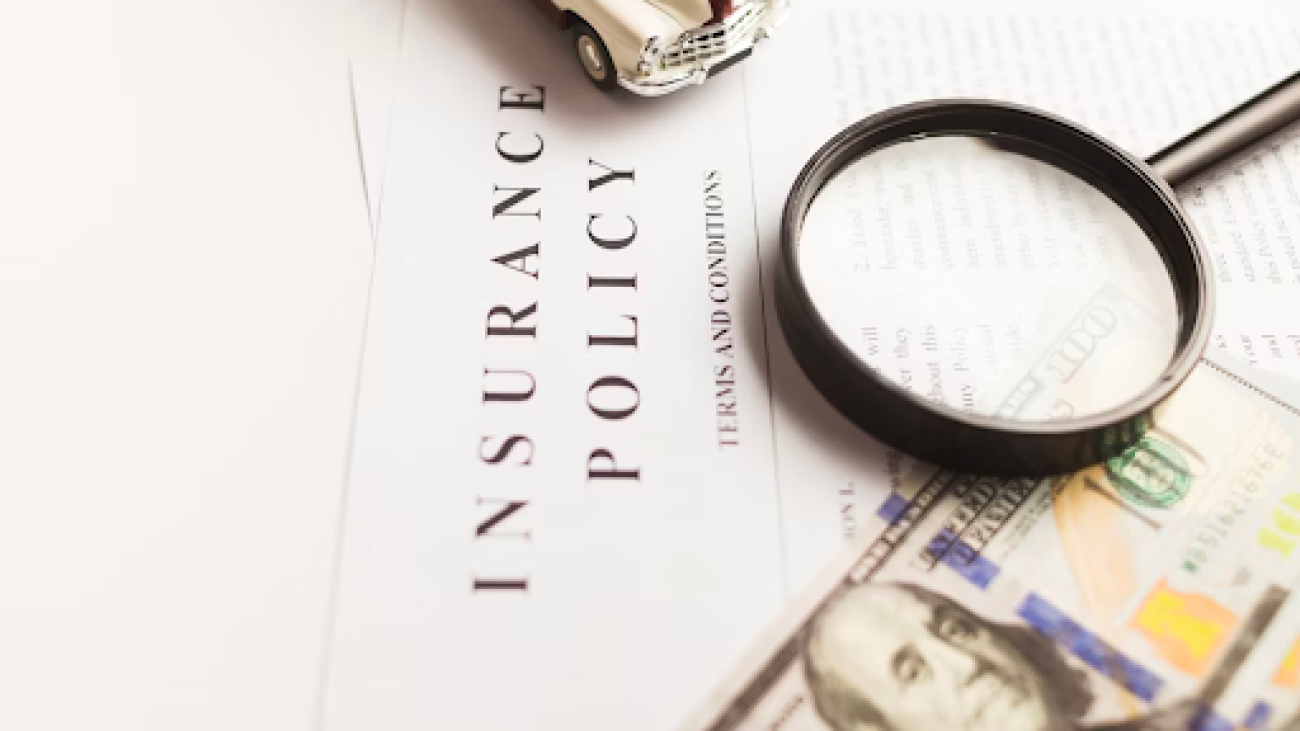In the dynamic and competitive landscape of Australian business, third-party property damage insurance emerges as a crucial shield, safeguarding businesses against unforeseen financial liabilities. This type of insurance plays a pivotal role in protecting businesses from the costs associated with unintentional damage to someone else’s property. Understanding its nuances is vital for every business owner in Australia, as it forms a protective layer against potential legal and financial challenges.
Understanding Third-Party Property Damage Insurance
Third-party property damage insurance is designed to cover the costs incurred when your business is legally liable for damage to another person’s property. This differs from general liability insurance, which covers a broader spectrum of risks, including bodily injury and property damage. In Australia, while not always legally mandated, this insurance is a practical necessity for businesses to protect against potentially crippling financial claims.
The Need for Third-Party Property Damage Insurance
Legal Implications:
In the Australian legal framework, businesses can be held accountable for damages caused to third-party property. This insurance helps in compliance and protection against legal actions.
Risk Management:
It forms a part of a comprehensive risk management strategy, enabling businesses to operate without the constant fear of financial ruin due to accidental property damage.
The Australian Landscape for Third-Party Property Damage Insurance
In recent years, Australia has seen a significant number of claims related to third-party property damage. From small mishaps in a retail store to large-scale incidents in construction sites, the spectrum of claims is vast. For instance, a plumber accidentally damaging a client’s heritage-listed wall could face substantial repair costs. Such scenarios underscore the importance of this insurance for businesses across various sectors.
Real-Life Scenarios and Case Studies
Case Studies:
Consider the case of a Melbourne-based catering company that accidentally caused fire damage to a venue. Their third-party property damage insurance covered the extensive repair costs, saving the company from financial distress.
Statistical Analysis:
Data shows that small and medium-sized enterprises in Australia frequently encounter third-party property damage claims, emphasising the need for adequate insurance coverage.
Key Features and Benefits
The primary feature of third-party property damage insurance is its coverage for the costs of repairing or replacing damaged property belonging to someone else. This can include legal costs if the matter escalates to litigation. The benefits are manifold:
Financial Security:
- It ensures that a business is not financially crippled by the costs of a third-party claim.
Peace of Mind:
- Business owners can operate with the assurance that they are protected against unforeseen property damage claims.
Business Continuity:
- It helps in maintaining smooth business operations, even in the face of potential setbacks.
Detailed Policy Features
Coverage Details:
- Policies typically cover the cost of repairs, legal fees, and sometimes, compensation for loss of use of the damaged property.
Customisation Options:
- Businesses can tailor their policies based on their specific risk exposure, choosing coverage limits and deductibles that suit their needs.
Benefits for Australian Businesses
Financial Stability:
- This insurance contributes significantly to the financial stability of a business, protecting it from large, unexpected expenses.
Case Examples:
- An Adelaide tech firm benefited from their policy when an employee accidentally damaged a client’s expensive equipment, with the insurance covering the replacement costs.
Choosing the Right Policy: Tips and Considerations
Selecting the right third-party property damage insurance policy requires careful consideration.
Key factors include:
Business Size and Type:
- The coverage needs of a small consultancy firm will differ vastly from those of a large manufacturing plant.
Risk Assessment:
- Conducting a thorough risk assessment helps in determining the appropriate coverage levels, ensuring that the business is neither underinsured nor overpaying for unnecessary coverage.
Navigating Claims: A Step-by-Step Guide
Filing a claim for third-party property damage involves several steps:
Notify Your Insurer:
- Inform your insurance provider as soon as possible after an incident.
Documentation:
- Gather all necessary documentation, including photos of the damage and witness statements.
Assessment:
- The insurer will assess the claim to determine liability and coverage.
Resolution:
- Once approved, the insurer will handle the financial aspects of the claim.
Conclusion
Third-party property damage insurance is an indispensable tool for Australian businesses, offering protection and peace of mind in a landscape filled with uncertainties. Its role in safeguarding the financial health of a business cannot be overstated.
For tailored advice and to ensure your business is adequately protected, consider consulting with experts like Business Insurance Consulting. Their expertise can guide you in choosing the right policy to suit your unique business needs.


